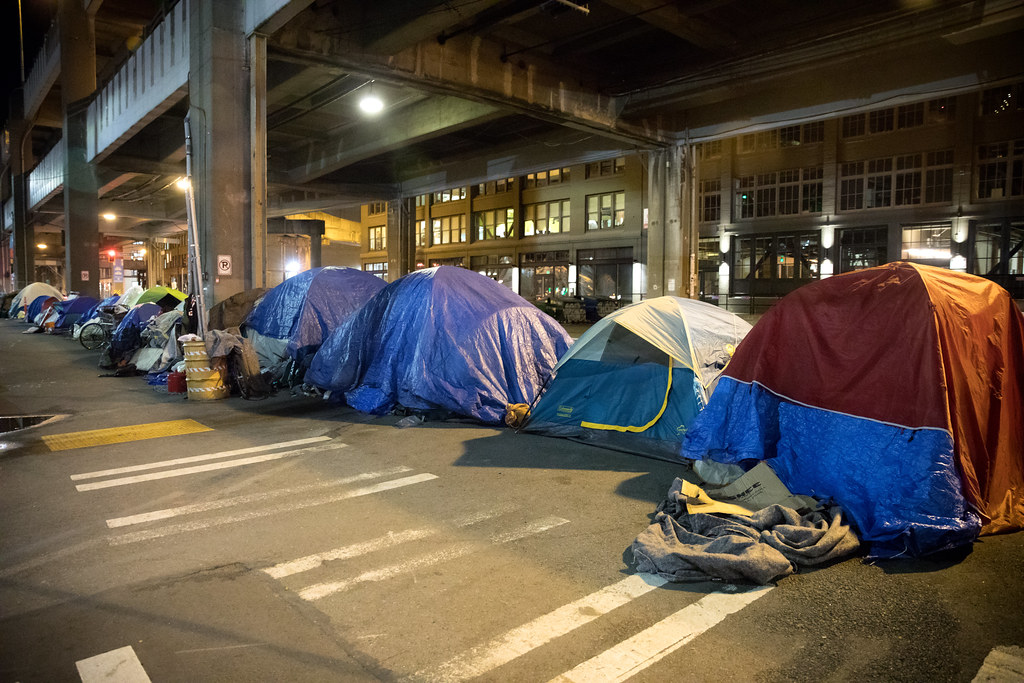Washington has one of the highest minimum wage levels in the United States. For workers who have a job this sounds like a great deal, but as with all things the government mandates, there are some serious, negative consequences, primarily on young and entry level workers who are forced into joblessness.
Nowhere is the harm imposed by a high minimum wage demonstrated more clearly than in Seattle, where the city council has aggressively increased the minimum wage over the last few years. The rash of restaurant closures and lost jobs can be attributed, in many cases, directly to the additional fiscal cost the minimum wage increases have caused.
The obvious result of a high minimum wage is the pressure it puts on small business owners trying to make payroll. For many service industries such as restaurants, retail or hospitality, profit margins can be as low as 3%. Increasing minimum wage mandates wipe out that profit and can put a business into negative fiscal territory. Business owners are often forced cut their operational costs. In other words, they are forced to lay off workers or reduce their hours.
Instead of a salary bump, many workers instead find their work hours cut or their jobs gone completely. For some employees, if they fall below a minimum hour threshold required for benefits, they could lose benefits too.
For unionized workers, the problem becomes more acute. Labor contracts that prevent staffing changes leave companies with few options, to increase prices or go out of business. An increase in prices negates any benefit to the employee as the new higher wages the employee is receiving no longer buys as much as it used to.
A worker may get 19 cents more per hour, but that burger now costs $1.10 more to buy.
The higher the minimum wage, the higher the payroll taxes are, making the situation worse.
This year the minimum wage increase creates an added problem. Washington Labor and Industries (L&I) changed the minimum salary threshold that requires employers to pay overtime. The threshold is now based the overtime qualifying threshold amount on a multiplier of minimum wage. For many non-profits and organizations that provide services to underserved communities this means a significant number of their employees now qualify for both their salary and overtime. The result again will be reduced hours and layoffs as many non-profits won’t have the addition cash, particularly in a post COVID world, to pay the extra wages.
Once again, the real losers will be the workers and the communities their non-profit employers serve.
Most people want a chance to work and succeed – to prove themselves by getting that first step on the employment ladder. When government steps in, though, and artificially manipulates labor markets with mandated minimums and arbitrary work thresholds, the results invariably mean workers lose out.
On paper, workers that stay employed may be making more money, but for others the minimum wage is zero, because a government mandated rule, destroyed their job.






